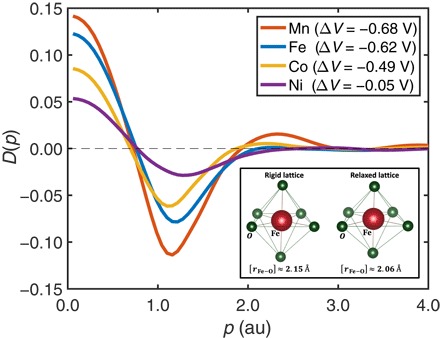Fig. 4. Distortion profiles D(p) for various olivine battery materials.

Distortion profile, D(p), highlights the effect of distortion of the metal-oxygen octahedron. D(p) is defined as the difference in Compton profiles between the relaxed and rigid octahedron models, . Results for MPO4 (M = Mn, Fe, Co, and Ni) are shown. The amplitude of D(p) is seen to increase systematically in going from Ni to Co to Fe to Mn. The increasing amplitude of D(p) is also reflected in a corresponding loss in the redox potential (potential shift) due to distortion of the metal-oxygen octahedron. The inset shows the rigid and relaxed structures of FePO4. The metal-oxygen octahedron FeO6 in the rigid octahedron model is assumed to be the same as that in LFP. In the relaxed octahedron model, the FeO6 octahedron experiences a strong distortion during delithiation and produces a smaller average Fe–O interatomic distance (〈r〉 = 2.06 Å) than that of the rigid structure (〈r〉= 2.15 Å).
